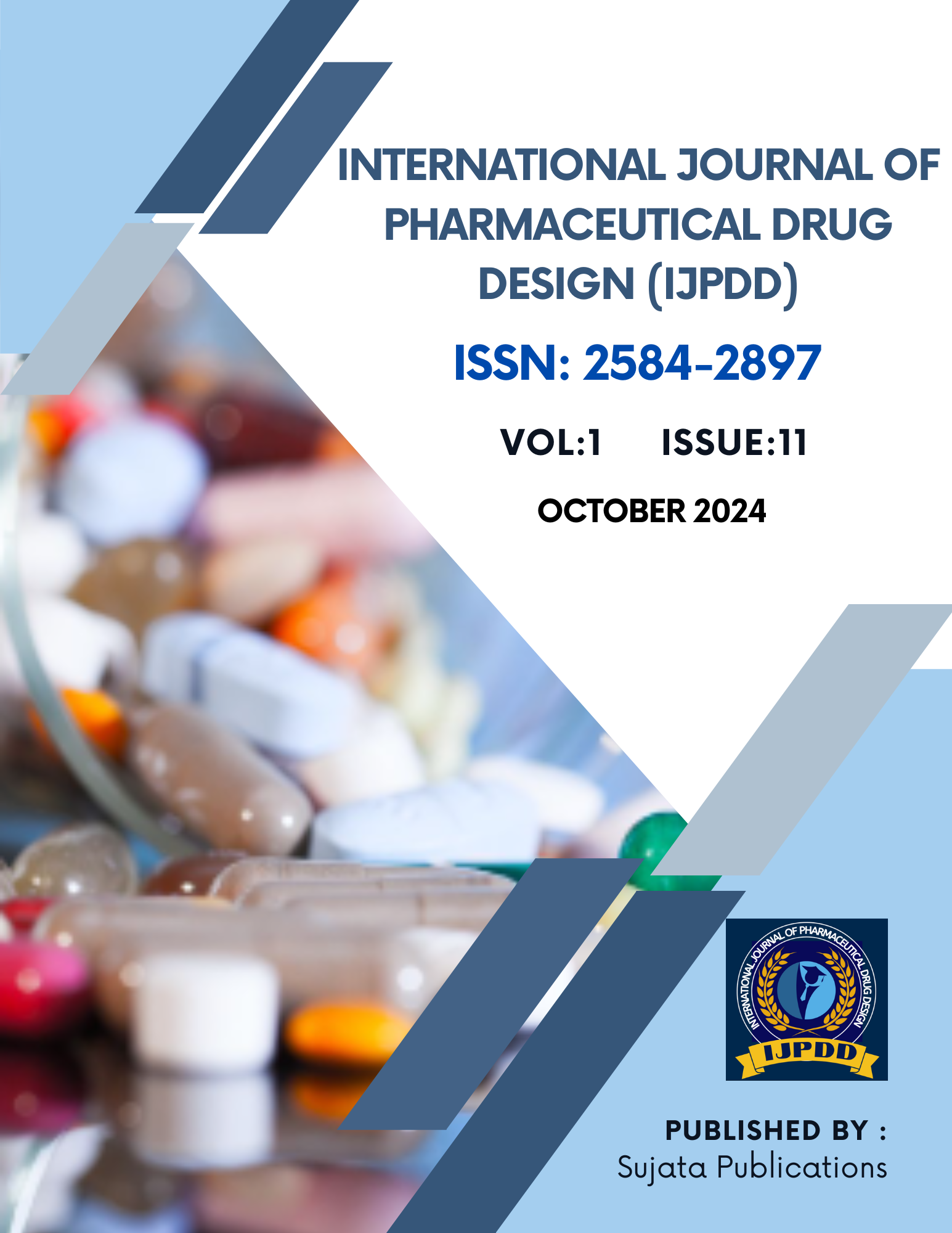A Cross-Sectional Study on Knowledge, Attitude and Practice Towards Reporting Adverse Drug Reactions among Healthcare Professionals at a Tertiary Care Associated Hospital of Government Medical College, Baramulla, Kashmir
DOI:
https://doi.org/10.62896/ijpdd.1.11.7Keywords:
Adverse Drug Reaction, Practice, Healthcare professionals.Abstract
Background: A study performed on Vigibase (WHO Pharmacovigilance data base) by collecting data from more than 30 countries, revealed that >23 million reports of ADRs were forwarded to the Uppsala Monitoring Centre by national pharmacovigilance systems. This study also reported 1.34% ADRs as fatal and more than 50% of reports included male patients. Several studies haves shown that the ADRs reported during hospital stay range from 1.7% to 32.7%. In developed countries, this range from 6.7% to 12.3% It was also reported that >75 years was the most commonly affected age group in the total population. Several studies haves shown that the ADRs reported during hospital stay range from 1.7% to 32.7%. In developed countries, this ranges from 6.7% to 12.3%. In India, the reported incidence of adverse drug reactions ranges from 3.7% to 32.7%. Another study from Srinagar concluded the overall incidence of ADR was found to be 6.23% and the average direct cost for ADR treatment per patient was US$ 65. The most significant challenge in ADR management is under reporting. An estimated 94% of ADRs going unreported globally. To enhance the reporting rate, it is essential to improve the knowledge, attitude, and practice (KAP) of all healthcare professionals. Materials and Methods: The conducted study was a cross-sectional study, was carried out in the month of August among healthcare professionals by using a pre designed questionnaire developed on the basis of literature review and was divided into 4 parts (sociodemographic characteristics, knowledge, attitude and practice of the study participants). Data were collected and analyzed using descriptive statistics of frequency and percentage. Results: In our study we found that maximum number of the healthcare professionals had good knowledge about the definition of Pharmacovigilance (70%) and its purpose (58%). Most of them had good attitude towards reporting ADR as a professional obligation (90%). However, very less (22.67 %) have reported ADRs and only 10% (n=30) have reported more than 10 ADRs. It was also seen that the reason for not reporting the ADR was difficulty to decide whether ADR has occurred or not, given by maximum number (37 %), lack of time (26.67%) and assuming that one ADR makes no significant contribution. Conclusion: As evident from the findings, our study revealed that even though most of the healthcare professionals had an acceptable knowledge and attitude towards reporting Adverse Drug Reactions but there was lack of reporting Adverse Drug Reactions among the healthcare professionals.
Downloads
Published
Issue
Section
License
Copyright (c) 2024 Sujata Publications

This work is licensed under a Creative Commons Attribution-NonCommercial 4.0 International License.
















